You are here
Back to topSpanish Almonds and Fresh Persimmons Granted Market Access to China
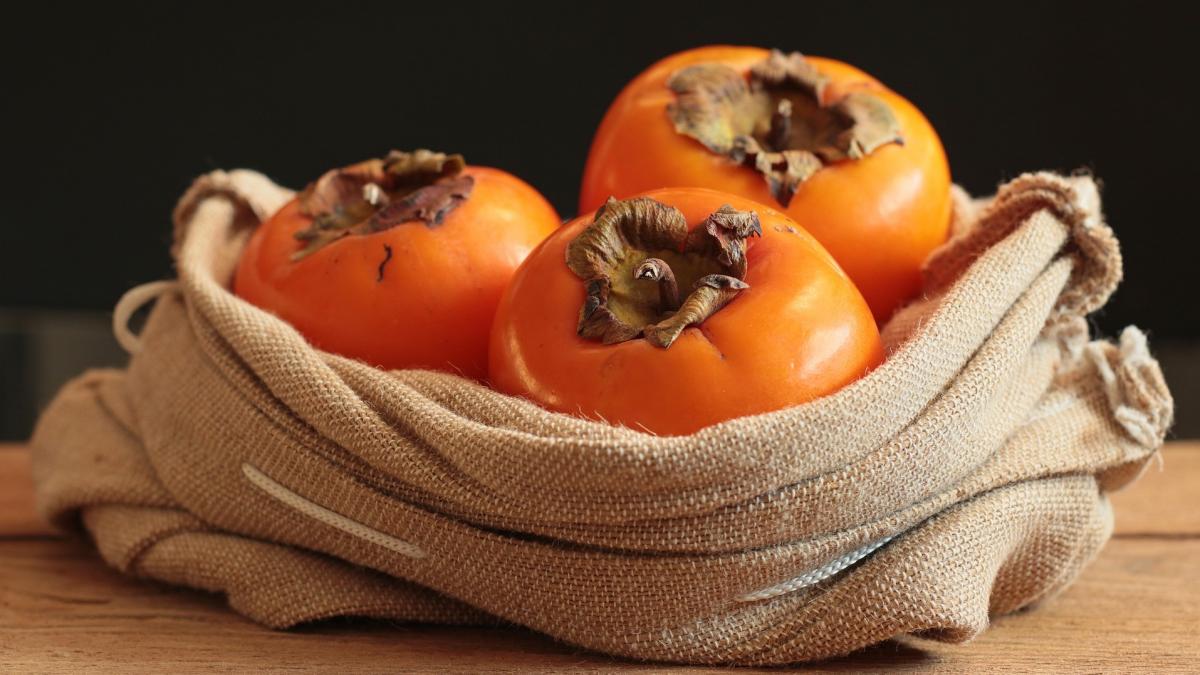
According to an announcement by Spain’s Ministry of Agriculture, Fisheries and Food (MAPA), the phytosanitary protocols for exporting Spanish almonds and fresh persimmons to China were signed on March 31. The protocols were inked during a state visit by Spain’s Prime Minister Pedro Sánchez to Beijing.
Persimmons
On April 11, the General Administration of Customs of China released a statement setting out the phytosanitary regulations for fresh persimmon imports from Spain and declaring that fresh Spanish persimmons meeting the stipulated conditions would be permitted to enter China.
All Spanish orchards, packing houses and cold treatment facilities growing and handling persimmons for export to China must be approved and registered with both the MAPA and the GACC. Orchards are required to adhere to good agricultural practices and integrated pest management schemes.
The quarantine pests of concern include the woolly whitefly (Aleurothrixus floccosus), Mediterranean fruit fly (Ceratitis capitata), apple mussel scale (Lepidosaphes ulmi), Fuller rose beetle (Pantomorus cervinus), nesting whitefly (Paraleyrodes minei), oak soft scale (Parthenolecanium rufulum), obscure mealybug (Pseudococcus viburni), and the fungi Botryodiplodia theobromae and Plurivorosphaerella nawae.
Cold treatment is mandatory for Spanish persimmons destined for China. Permitted treatments include a pulp temperature of 1.11 degrees Celsius or below for at least 15 consecutive days, 1.67 degrees Celsius or below for at least 17 consecutive days, or 2.22 degrees Celsius or below for at least 21 consecutive days.
For the first two years of exports, the MAPA is obligated to take samples of 2% of each batch of persimmons sent to China. If no phytosanitary concerns are discovered within these two years, the sampling rate can be reduced to 1%.
Spain is the world’s top exporter of persimmons, supplying foreign markets with over 210,000 metric tons of the fruit each year and accounting for roughly one-third of global exports. In terms of value, Spain exported $243.8 million of persimmons in 2021, corresponding to 39.3% of the global market. The 2021/22 and 2022/23 Spanish persimmon seasons, however, witnessed a sharp drop in production due to phytosanitary problems and climate vagaries.
Negotiations about possible persimmon shipments to China began in 2017 when the MAPA and the GACC initiated an official data exchange, which culminated in the signing of the bilateral protocols this year. Besides China, Spanish persimmons can be exported to over 50 countries outside the European Union. The largest persimmon growing regions in Spain are Valencia and Andalusia, which account for approximately 85% and 10% of the country’s total production area, respectively, followed by Extremadura, Catalonia, Murcia and Aragon.
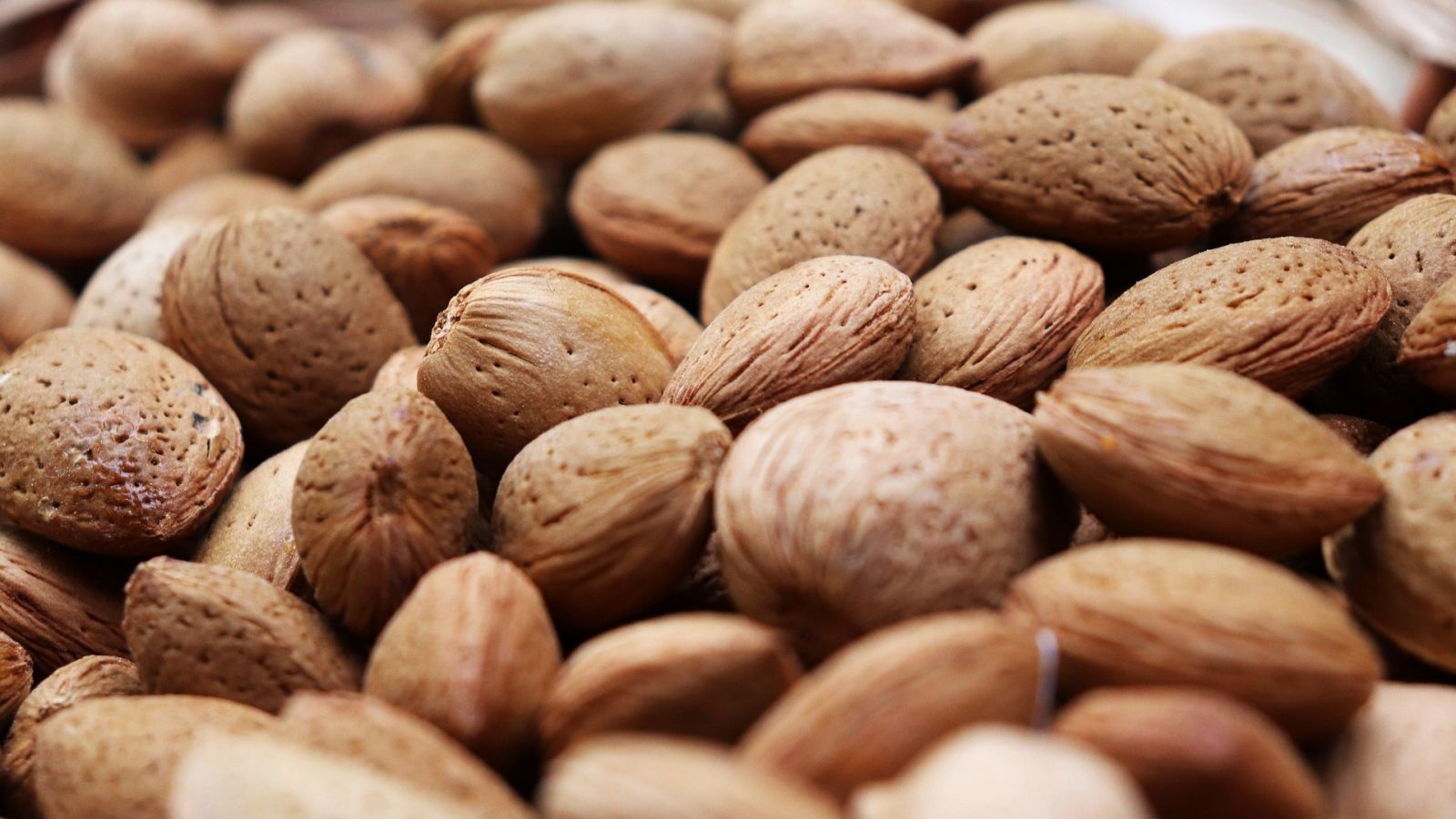
Almonds
Spain is the European Union’s largest almond producer, with a total planted area of 744,466 hectares in 2021. Almond plantations can be found in practically every region of the country, especially Andalusia. This region produced an average of 100,000 metric tons of almonds in the 2020/21 and 2021/22 seasons, followed by Aragon (60,000 metric tons), Castilla–La Mancha (50,000 metric tons), Valencia (37,000 metric tons), Murcia (28,000 metric tons) and Catalonia (20,000 metric tons).
According to the MAPA, Spain’s total almond production on a kernel basis in 2022/23 is estimated to reach 68,273 metric tons, a 27% decline from the previous season. This season is expected to be the country’s second straight year of falling almond production as a result of harsh frosts, drought and the spread of fungal infections triggered by heavy rains in some production areas.
In 2021, Spain was ranked the world’s second-largest almond exporter in terms of value, with $766.2 million in exports and an 11.3% global market share. The vast majority of Spanish almonds are currently sent to European countries such as France, Germany and Italy.
Negotiations on Spanish almond exports to China, like those on persimmons, formally began in 2017. The recent agreement on phytosanitary regulations has granted Spanish growers access to one of the world’s biggest markets for imported almonds. According to industry estimates, exports to China may reach 50,000 metric tons by 2025 and 90,000 metric tons by 2032.
Both the almond and fresh persimmon export processes, which involve a number of local businesses as well as regional and national authorities, will be trackable via the ministry’s CEXVEG software, which guarantees export compliance and ensures traceability throughout the entire process. Chinese authorities evaluated and approved the use of the program during their on-site inspections in Spain.
The recently agreed protocols are regarded as a significant achievement in terms of broadening the current export portfolio of Spanish products admitted into China. Other Spanish fruit items currently permitted to enter China include several citrus fruits (mandarins, oranges, grapefruit and lemons), peaches, plums and table grapes.
Images: Pixabay
This article was based on a Chinese article. Read the original article.




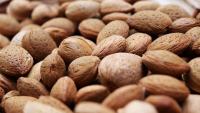

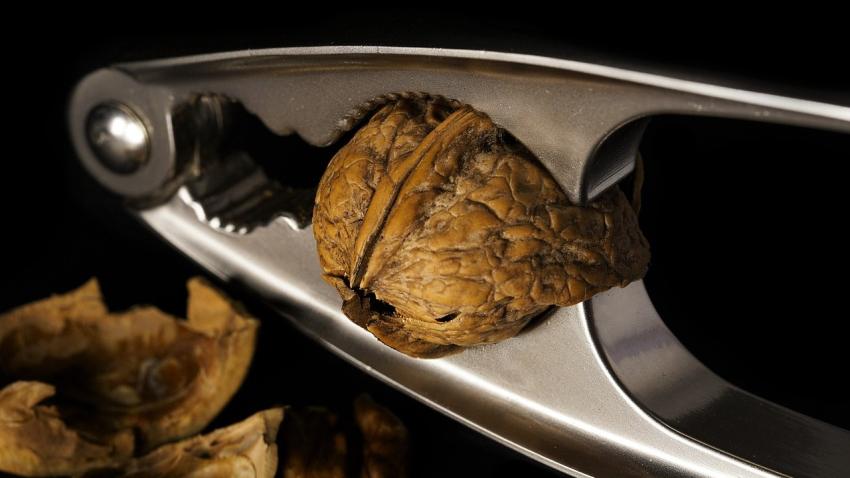
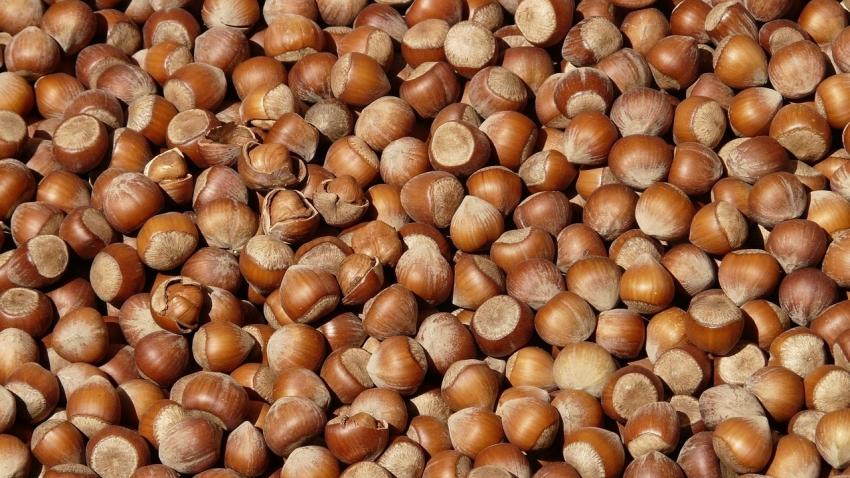
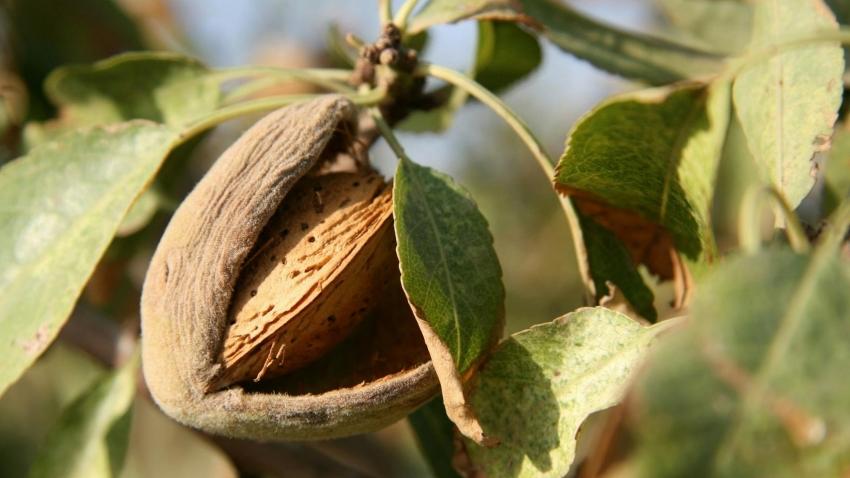







Add new comment